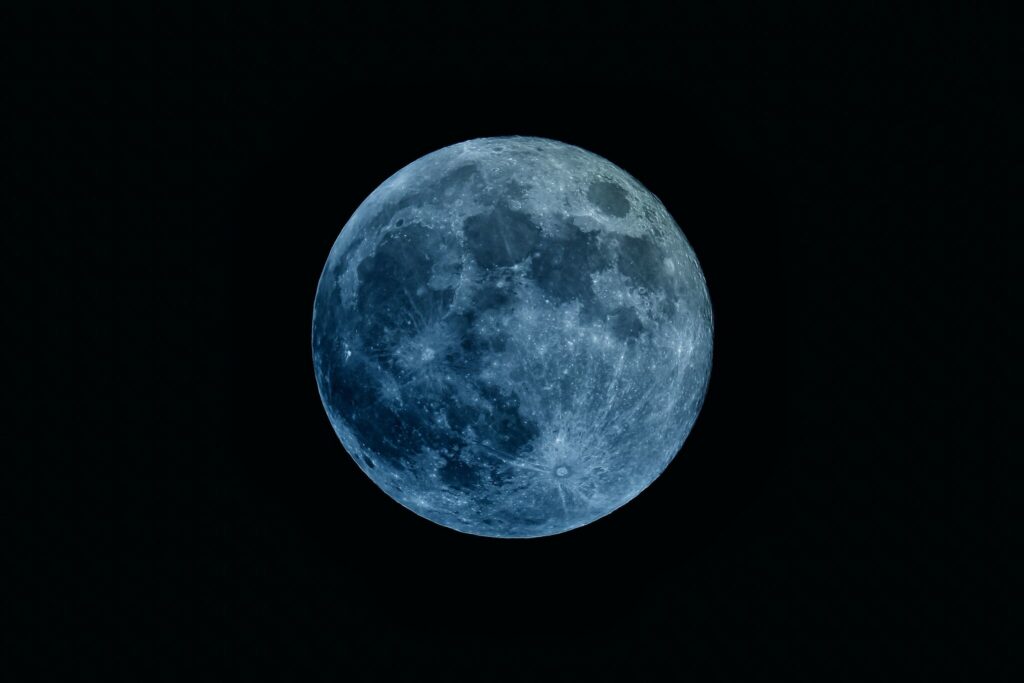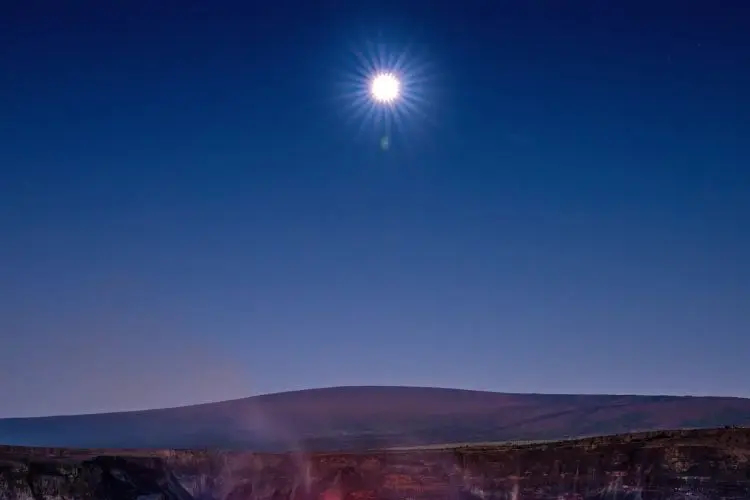
If you’re fascinated by the wonders of the cosmos and love stargazing, tomorrow holds a special treat for you! The only Blue Moon of 2023 is set to light up the night sky, and it’s bringing along some planetary companions like Saturn, Venus, and Jupiter. Adding to the excitement, this event will also feature a supermoon, making the Moon appear larger than usual. Here are all the exciting details about this rare occurrence.
A Super Blue Moon Lights Up the Night on August 30, 2023
Mark your calendar for August 30, 2023, as it brings the year’s only Blue Moon, and it’s also a supermoon, creating a spectacular sight of a larger and brighter Moon. This phenomenon is called a Super Blue Moon because it’s the second full moon in a single month, which is a relatively rare occurrence. The peak of the Super Blue Moon will be at 8:37 pm IST, 11:07 am ET, and 9:36 pm EDT.
Adding to the enchantment, Saturn is anticipated to make an appearance on the lower right side of this unique Moon. As August 31, 2023 approaches, Saturn will set below the horizon, and just a few days later, it will be at its “closest and brightest for the year.”
Now, let’s clear up the term “Blue Moon,” which isn’t about the moon’s color. NASA designates the second full moon in a calendar month as a “Blue Moon.” And when this coincidence aligns with the Moon being almost precisely in line with its closest point to Earth in its orbit (known as perigee), it becomes a supermoon. This closeness to Earth makes the Moon appear larger in the night sky due to its elliptical orbit around our planet.

This rare event is indeed special, considering that “about 25 percent of all full moons are supermoons, but only 3 percent of full moons are blue moons,” as noted by NASA. While the next Blue Moon could happen in 2026, we’ll have to wait until 2037 for the next Super Blue Moon. The irregular time gap between Super Blue Moons averages around a decade.
So, be sure to step outside tomorrow just after twilight to witness this extraordinary celestial display. Alongside the Super Blue Moon, if the weather cooperates, you might also catch Venus and Jupiter gracing the twilight sky. And if circumstances prevent you from observing the event tomorrow, NASA reassures us that the Moon will appear full from August 29 to September 1, 2023.




